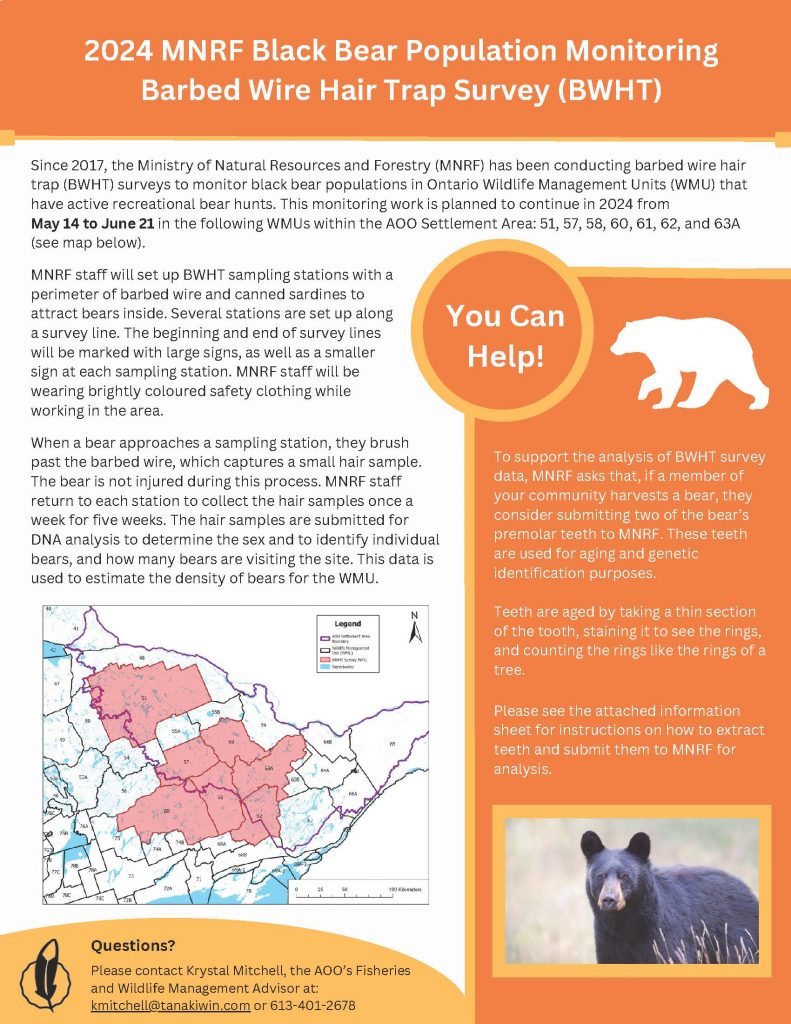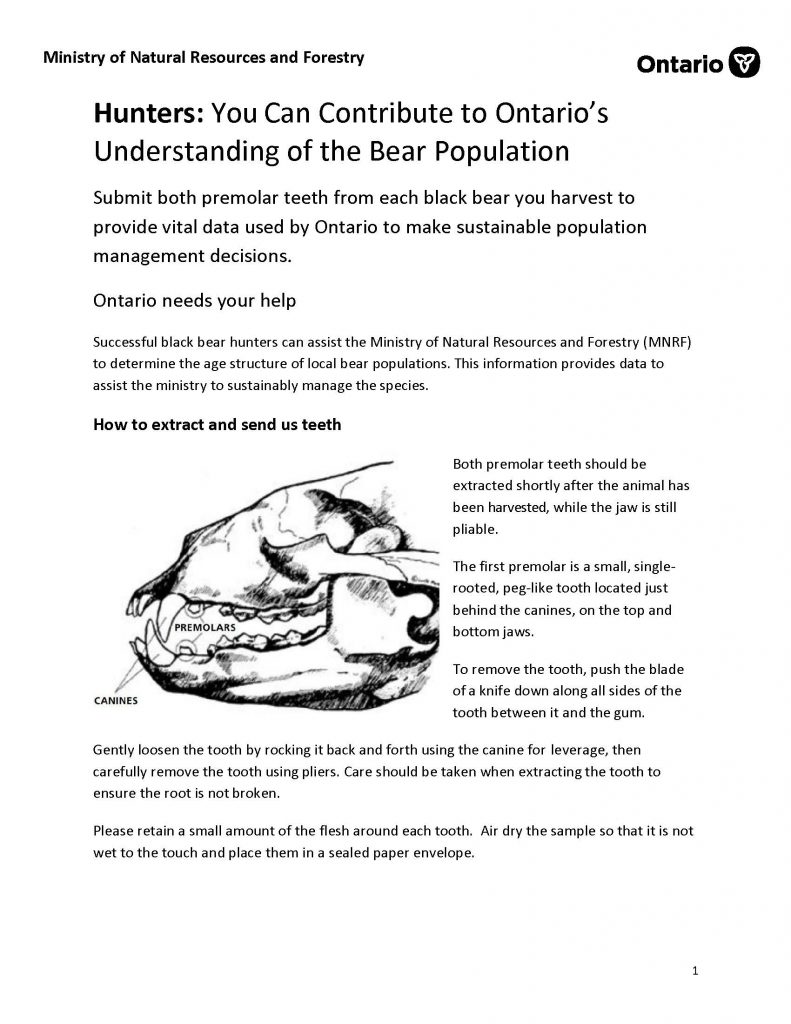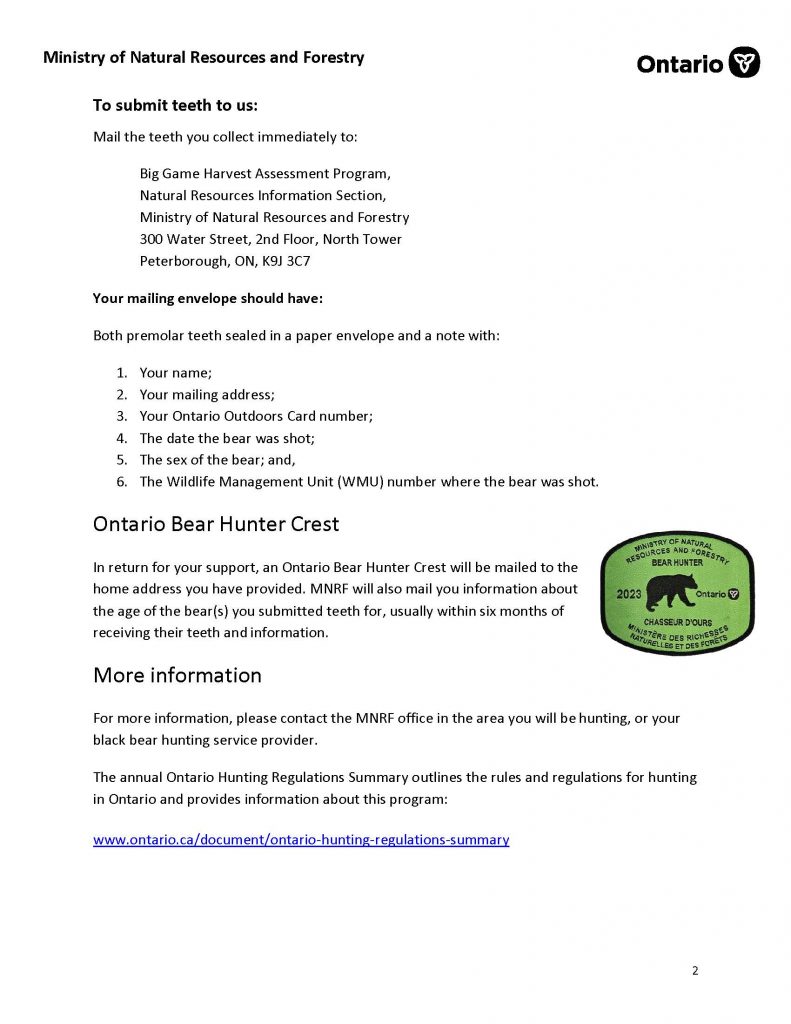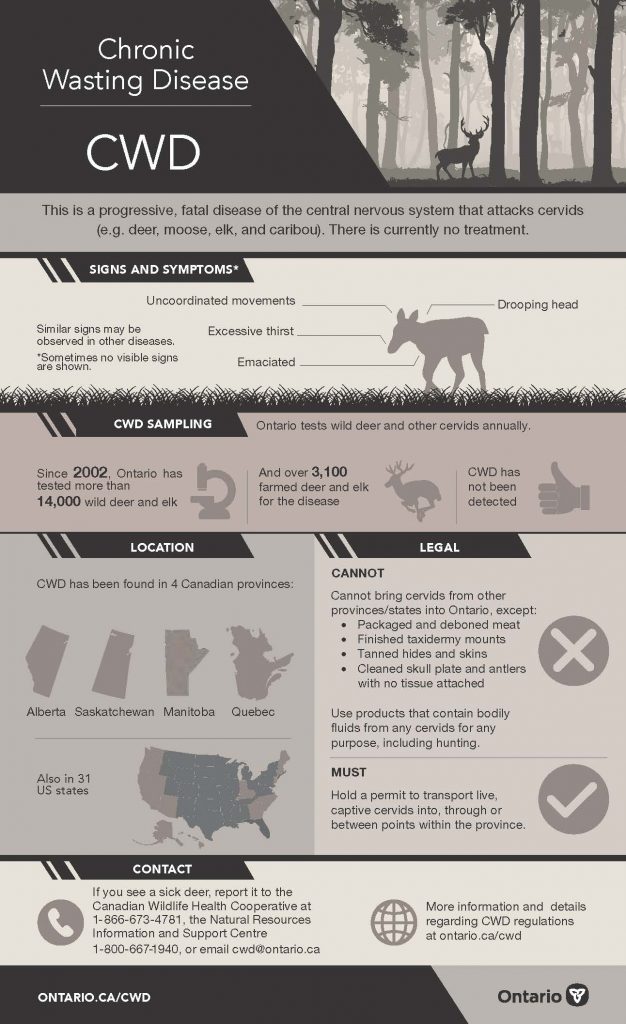Harvest Reporting
Algonquins harvesting under the AOO Harvest Management Plan must report all harvests of moose, elk, and deer within the AOO Settlement Area within 24 hours. Harvests can be reported through one of the following methods:
- Reporting the harvest to an AOO Harvest Monitor
- Phoning/emailing your community office, ANR, or community designate
- Phoning/emailing the AOO Consultation Office (active from September 1st to January 31st)
Algonquin harvesters who are not successful in harvesting an animal during the AOO harvest season are encouraged to report harvesting effort and observations through the applicable harvest questionnaire (i.e. moose, elk, deer, other wildlife). All information gathered will help inform future harvest planning. Printable PDF versions of the harvest questionnaires are available for download via the links below to mail or drop off at community offices or the AOO Consultation Office. Please note, any successful harvests are to be reported within 24 hours via the options listed above, but additional harvest effort and observation information is welcome through mailed hard copy.
- 2024-2025 Moose Harvest Questionnaire (PDF)
- 2024- 2025 Elk Harvest Questionnaire (PDF)
- 2024-2025 Deer Harvest Questionnaire (PDF)
- 2024-2025 Other Wildlife Harvest Questionnaire (PDF)
2024 MNRF Black Bear Monitoring:
Update: In Algonquin Park, BWHT sampling stations will be set up off Shirley Lake Road and Bissett Road at a 50-100 feet setback distance from the road. Baiting will run from May 14 – June 19, 2024, and the sampling stations will be removed prior to July 1, 2024.
Chronic Wasting Disease




